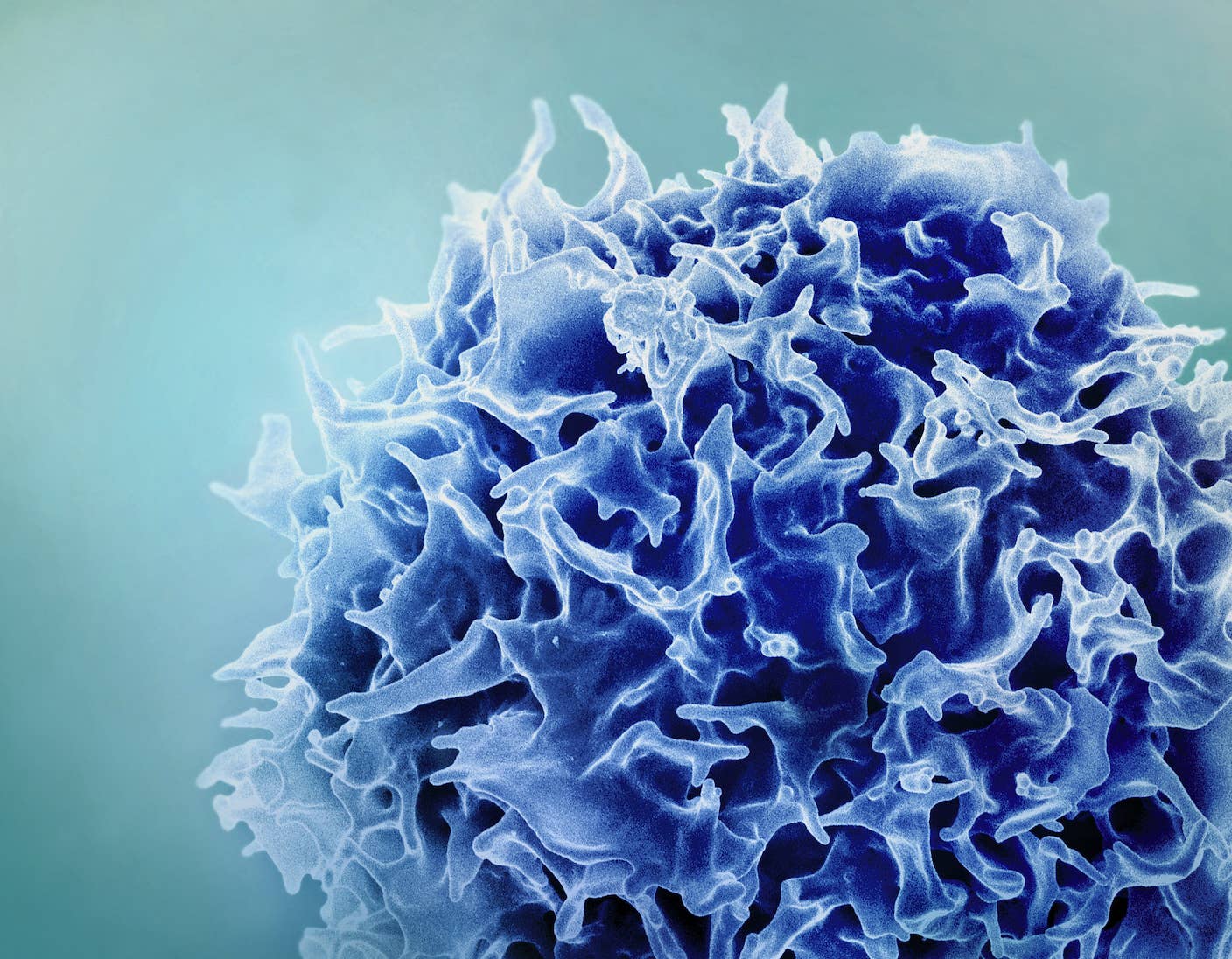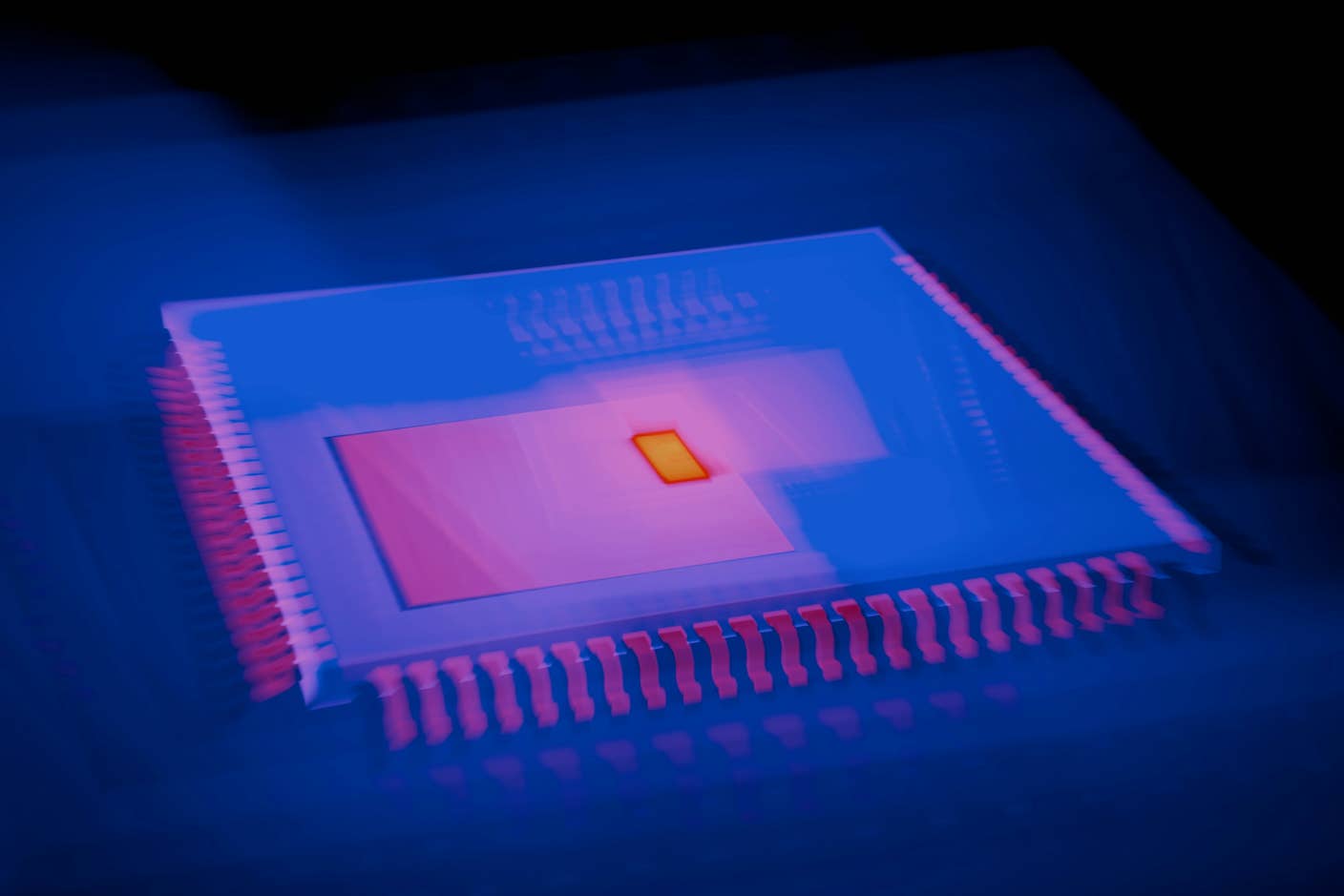A Sample of Synthetic Human Skin for Just 34 Euros

Share
Skin replacement might not be a hot new cosmetic procedure yet but, believe it or not, synthesized human skin is already a precious commodity on the market. It is not as sinister as it might seem, though, as most of it is not suitable for transplant and goes to the cosmetics industry to test new products for adverse skin reactions. For years, these industries have been eating up skin samples far faster than labs can produce them but recently our good German friends over at Fraunhofer-Gesellschaft have developed a method to mass produce the highest quality of skin sample, selling for merely 34 Euros ($48 USD) a pop. Project leader Jörg Saxler describes this price as "attractive to the industry".
The skin produced by Fraunhofer-Gesellschaft is leaps and bounds better than what is currently available, with two layers and two cell types instead of just one layer with one cell type. The two layer samples are a near perfect copy of human skin, combining the two different types of skin cells to give a life-like test bed for new products about to hit the market. The cosmetics industry is so set on using human skin because nothing is better (not even animal testing) at determining which products will cause irritation and which will not. So, as far as they are concerned, the more life-like, the better.
And this is not just great news for moisturizer aficionados, either. This product could eventually lead to readily available swatches of skin to be used for replacements in a hospital setting. Who would have thought that the next big advancement in skin grafting would come from the cosmetics industry? Sure, current methods of repairing skin include using a pig derived sheet to act as a guide for skin regrowth or recycling gently worn skin from dead people, but there is nothing as cool as purpose-grown body tissues.
Be Part of the Future
Sign up to receive top stories about groundbreaking technologies and visionary thinkers from SingularityHub.


The Fraunhofer-Gesellschaft skin production method is not all unicorns and sunshine, though, as there is a lot of work that has to go into making such a complex product. Firstly, scientists sterilize tiny pieces of skin before they are modified with special enzymes and isolated into two parts. Each part is grown separately on different types of cell culture surfaces before being combined. Collagen is added to the lower layer to give flexibility to the sample. Left to incubate at body temperature for about three weeks, the two parts grow together to form a circular finished product with a diameter of about 1 centimeter. This idea has been around for a while, producing high quality skin samples on the lab scale for years, but up until now it has been too expensive to manufacture.
Fraunhofer-Gesellschaft hope to bring the price of the samples down by automating the entire growth process, reducing the human contact that would cause the prices to go up. The goal is to produce 5,000 skin modules per month. Such an ambitious production rate could help to increase supply to try and fulfill the growing worldwide demand for skin modules but, at a monthly requirement of over a half a million samples, it is hardly going to satiate the hunger of the cosmetics industry.
As of now, the scientists of Fraunhofer-Gesellschaft say that their product cannot be used for medical grade skin transplants as they lack the proper blood vessel networks and would be rejected from the body in a matter of weeks. The entire system, however, has been designed with medical-grade quality in mind and researchers believe that it will not be long before they are creating the blood vessel networks in their samples, making the skin modules acceptable for transplants. Such an advancement could help numbers of transplant patients avoid unsightly scar tissue as they heal from their wounds.
The skin factory is not yet fueling the market and spokespeople for Fraunhofer-Gesellschaft admit that there is still much work that needs to be done in the automation process before they can start supplying the cosmetics industry with fake skin. With any luck, cosmetics companies should be seeing relief from skin sample shortages in the next few years. As for skin graft patients, it may be quite a bit longer before Fraunhofer-Gesellschaft technologies are seen in the operating room. That all depends on how well the research goes. So, for all those not impervious to harm, keep your fingers crossed that the technology comes out before you need a skin graft.
Andrew is a recent graduate of Northeastern University in Boston, MA with a Bachelor of Science in Chemical Engineering. While at Northeastern, he worked on a Department of Defense project intended to create a product that adsorbs and destroys toxic nerve agents and also worked as part of a consulting firm in the fields of battery technology, corrosion analysis, vehicle rollover analysis, and thermal phenomena. Andrew is currently enrolled in a Juris Doctorate program at Boston College School of Law.
Related Articles

Single Injection Transforms the Immune System Into a Cancer-Killing Machine

This Light-Powered AI Chip Is 100x Faster Than a Top Nvidia GPU

This Week’s Awesome Tech Stories From Around the Web (Through December 20)
What we’re reading
